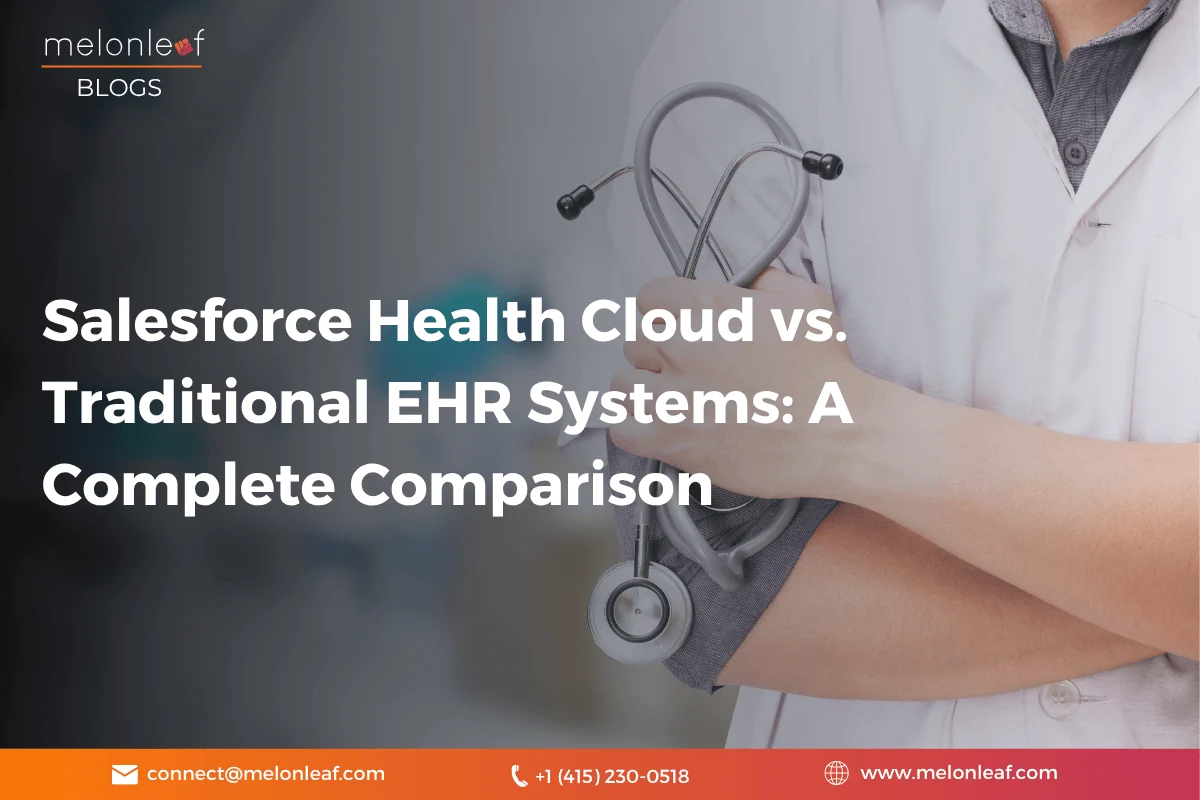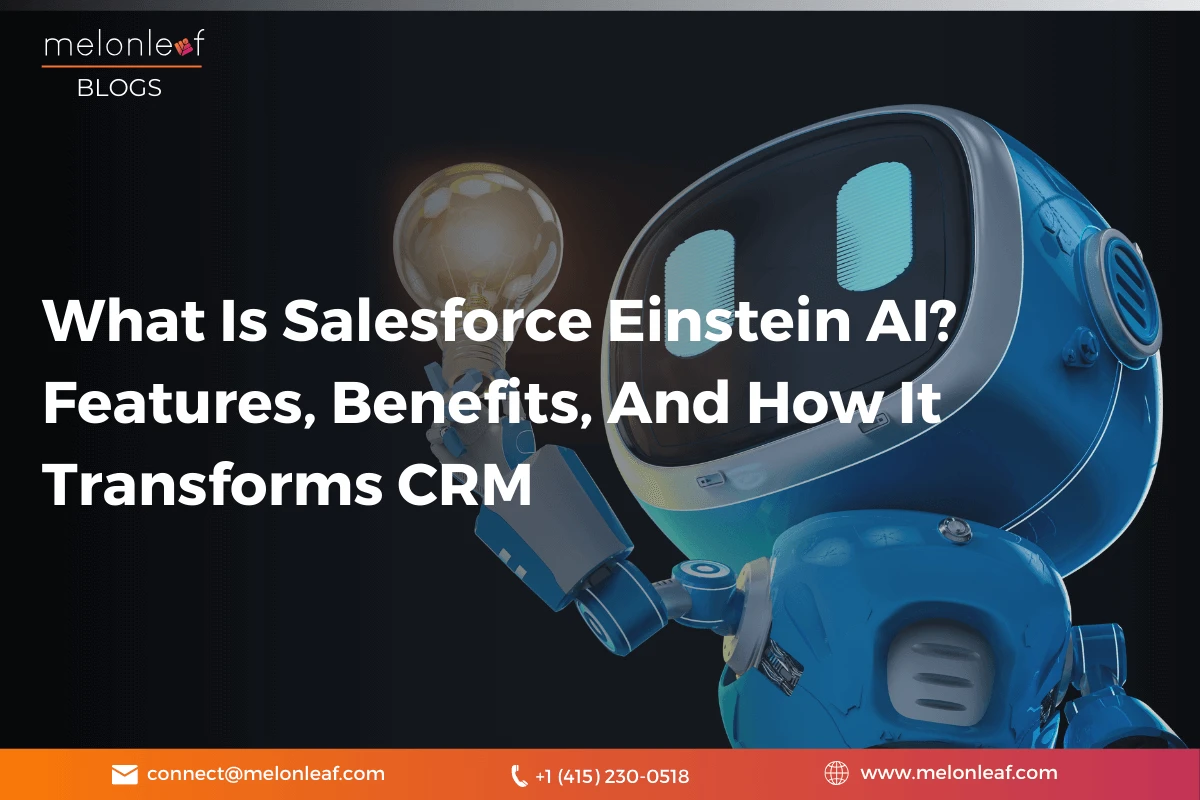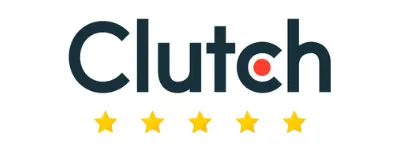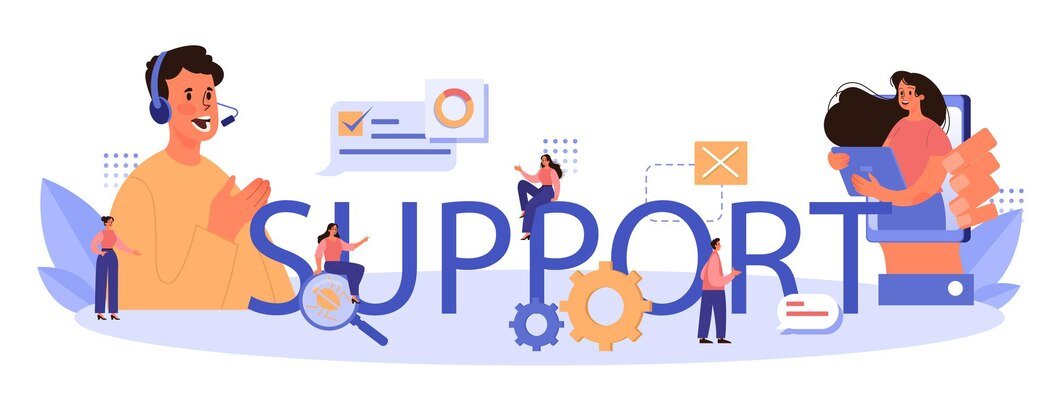
Managing customer relationships has never been simple. A business may have thousands, or even millions, of customers, each interacting in different ways. Some make purchases online, while others prefer visiting physical stores. Some reach out for support through email, while others call or send messages through social media. Every interaction leaves behind valuable data, but when that information is scattered across different systems, it becomes difficult to get a clear picture of the customer.
This is a challenge for businesses in every industry. A retail company might struggle to connect a customer’s online purchases with their in-store visits. A healthcare provider may have patient records stored in different databases that don’t communicate. A bank might not have a complete view of a client’s financial history, making it harder to offer personalized services.
Salesforce Customer 360 is designed to solve these problems by bringing all customer data together into a single, connected system. Instead of different teams working in isolation, Customer 360 allows sales, marketing, service, and other departments to access the same up-to-date information. This improves efficiency and allows businesses to provide better, more personalized customer experiences.
Let’s break it down and see how Customer 360 works, why businesses are choosing it over traditional CRMs, and what you need to know before adopting it.
What is Salesforce Customer 360?
Salesforce Customer 360 is a system that connects different departments within a business by integrating customer data from multiple sources. Unlike traditional CRM tools that primarily focus on sales, Customer 360 brings together marketing, sales, service, commerce, and IT into a unified system, making sure that everyone in an organization has access to the same, real-time customer information.
Customer 360 is not a single product, it is an approach that uses various Salesforce products (Sales Cloud, Service Cloud, Marketing Cloud, Commerce Cloud, and more) to create a centralized view of customer interactions.
How does Salesforce Customer 360 work?
Most businesses struggle with fragmented customer data. Marketing uses one system, sales uses another, and support tries something else entirely. This disconnection often leads to inconsistent customer experiences.
Salesforce Customer 360 solves this by integrating all customer data into a single profile. This includes:
- Purchase history: What the customer has bought and when.
- Marketing interactions: Emails opened, ads clicked, and past campaigns engaged with.
- Customer service records: Previous inquiries and resolutions.
- Website and app activity: Browsing behavior and product preferences.
By centralizing all this information, businesses can connect the dots between different departments and improve how they interact with customers.
For example, if a telecommunications company uses Customer 360, a sales agent can see whether a customer recently called support with an issue. If the customer is dissatisfied, the agent can address concerns before making a sales pitch. Similarly, an online retailer can use Customer 360 to personalize product recommendations based on a customer’s past purchases and browsing behavior.
This level of integration reduces inefficiencies, improves collaboration between departments, and leads to more meaningful customer interactions.
Key Features of Salesforce Customer 360
1. Unified Customer Profiles
2. Cross-Channel Integration
3. Personalized Marketing and Sales
4. Customer Service Automation
5. Privacy and Security Controls
Benefits of Using Salesforce Customer 360 for Businesses
1. Improved Customer Support
2. More Effective Sales and Marketing
3. Increased Team Collaboration
4. Smarter Business Decisions
Salesforce Customer 360 vs. Traditional CRM: What’s the Difference?
A traditional CRM primarily focuses on managing customer relationships in sales. It typically stores contact details, deals, and interactions, but it often lacks visibility into marketing, service, and commerce activities.
Customer 360, on the other hand, goes beyond sales by integrating data from all customer touchpoints. It provides a more comprehensive view of customer interactions, helping businesses make better decisions.
Unlike a traditional CRM, Customer 360 allows businesses to:
- Track customer behavior across multiple channels (social media, email, websites, phone, in-person)
- Coordinate sales, marketing, and customer service teams
- Use AI to predict customer needs and automate responses
For businesses looking for a more connected and data-driven approach to managing customer relationships, Customer 360 offers a more powerful alternative to traditional CRM software.
Get in touch with Melonleaf Consulting.
Industries that Benefit the Most From Salesforce Customer 360
Retail and E-commerce
Customer 360 helps retailers track customer behavior, recommend products, and provide consistent service across online and offline channels.
Banking and Financial Services
Banks can use Customer 360 to manage client accounts, track transactions, and offer personalized financial advice.
Healthcare
Hospitals and clinics can store and access patient records, appointment histories, and treatment plans in one place, improving care coordination.
Manufacturing and B2B Sales
Manufacturers can track orders, manage supplier relationships, and provide better after-sales service by having a complete view of customer interactions.
How to Implement Salesforce Customer 360 in Your Business
Adopting Customer 360 requires a well-planned approach. Here’s how businesses can get started:
- Assess Existing Systems: Identify where customer data is currently stored and which systems need integration.
- Engage Key Departments: Involve sales, marketing, support, and IT teams to understand their requirements.
- Clean and Organize Data: Remove duplicate or outdated records before migration.
- Customize Workflows: Configure Customer 360 based on specific business needs.
- Train Employees: Educate teams on how to use the platform effectively.
- Monitor and Optimize: Continuously track performance and refine strategies.
Challenges and Considerations when Adopting Customer 360
While Customer 360 offers many advantages, businesses may face challenges such as:
- Data Migration Issues: Moving existing customer data into the new system can be complex.
- Integration with Legacy Systems: Older software may not be compatible with Customer 360.
- User Adoption: Employees may require time and training to adapt to the new platform.
Working with an experienced Salesforce Partner like Melonleaf Consulting can help businesses overcome these challenges and maximize the benefits of Customer 360.
The Future of Salesforce Customer 360: Trends and Innovations
Salesforce is continuously improving Customer 360 with new technologies such as:
- AI-powered automation for even smarter customer interactions.
- Deeper industry-specific solutions for healthcare, finance, and retail.
- Enhanced privacy controls to help businesses stay compliant with evolving regulations.
As businesses become more customer-focused, platforms like Customer 360 will play a crucial role in delivering personalized, data-driven experiences.
Wrapping Up
Customers expect personalized, efficient, and consistent interactions across all touchpoints. A disconnected system where sales, marketing, and support teams operate in silos no longer works. Salesforce Customer 360 bridges this gap by creating a single, unified customer profile, helping businesses make informed decisions, automate processes, and build stronger relationships. Whether you are in retail, healthcare, finance, or any other industry, having a complete view of your customers allows you to provide better service, improve retention, and drive revenue.
That said, implementing a system like Customer 360 requires careful planning, migrating data, training employees, and integrating with existing tools. This is where working with an experienced Salesforce Partner like Melonleaf Consulting can make all the difference. With the right guidance, you can get the most out of Customer 360 and turn customer data into meaningful business growth.
FAQs: Common Questions about Salesforce Customer 360
- Is Salesforce Customer 360 a separate product?
-
No, Customer 360 is not a standalone product. It is an integrated approach that connects various Salesforce products, Sales Cloud, Service Cloud, Marketing Cloud, and others, to create a unified customer view.
- How does Salesforce Customer 360 improve customer relationships?
-
It consolidates customer data from different departments into a single profile, allowing businesses to: Provide personalized experiences. Respond to customer inquiries faster. Anticipate customer needs based on past interactions.
- Can Salesforce Customer 360 integrate with third-party apps?
-
Yes. Through Salesforce AppExchange and APIs, Customer 360 can integrate with tools like ERP systems, analytics platforms, and customer support software to expand its functionality.
- Is Customer 360 only for large enterprises?
-
No. While large businesses benefit from its advanced capabilities, small and mid-sized companies can also use Customer 360 to improve customer interactions and streamline operations. Salesforce offers different pricing and customization options based on business needs.
- How long does it take to implement Salesforce Customer 360?
-
The implementation time varies based on business size, data complexity, and integration requirements. A Salesforce partner like Melonleaf Consulting can help assess your needs and create a structured implementation plan for a smooth transition.
Related Posts
Salesforce Data Cloud Implementation Guide: Everything You Need to Know
Data is everywhere, and it’s growing faster than ever. But here’s the thing: data, on…
Salesforce Health Cloud vs. Traditional EHR Systems
Healthcare is more than just treating illnesses; it’s about managing relationships, improving patient experiences, and…
What Is Salesforce Einstein AI? Features, Benefits, And How It Transforms CRM
Think about your daily business operations. Your sales team juggles hundreds of leads, your customer…
Top Future Salesforce CRM Trends 2025
The world of Customer Relationship Management (CRM) continues to evolve rapidly, and as we move…

 About Melonleaf
About Melonleaf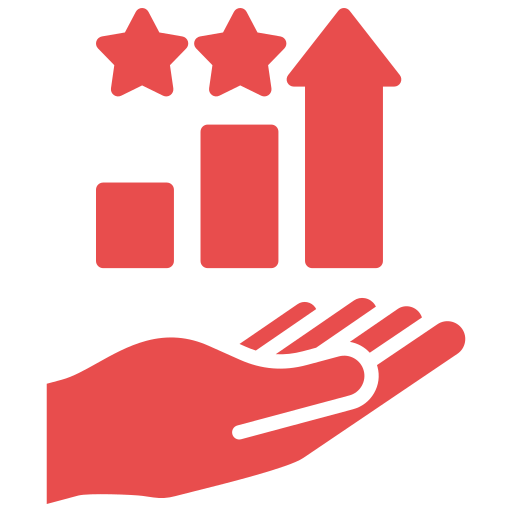 Awards
Awards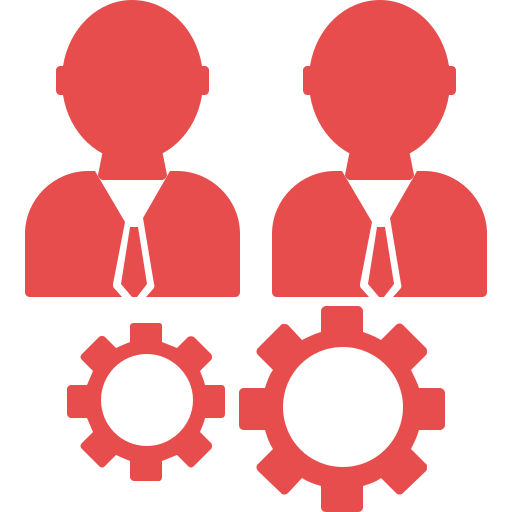 Our Team
Our Team Resources
Resources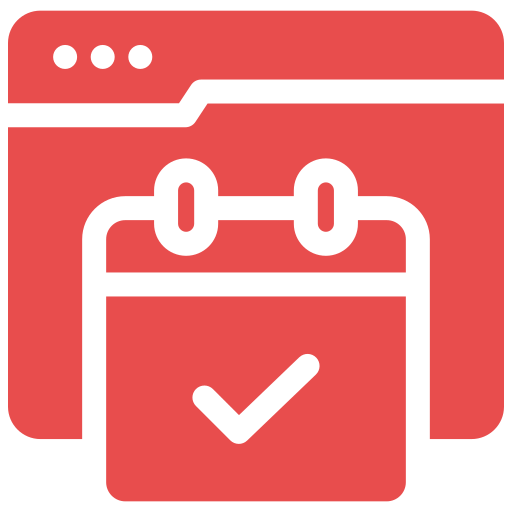 Events
Events Webinars
Webinars Blogs
Blogs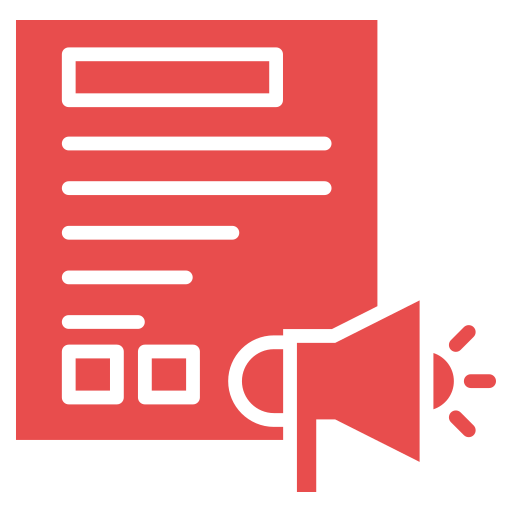 Press Releases
Press Releases








 Salesforce
Salesforce Alliance Partners
Alliance Partners Logistics
Logistics Real Estate
Real Estate Automotive Industry
Automotive Industry Education Industry
Education Industry Manufacturing
Manufacturing Media & Entertainmet
Media & Entertainmet Nonprofit
Nonprofit Insurance
Insurance Aerospace & Defence
Aerospace & Defence

